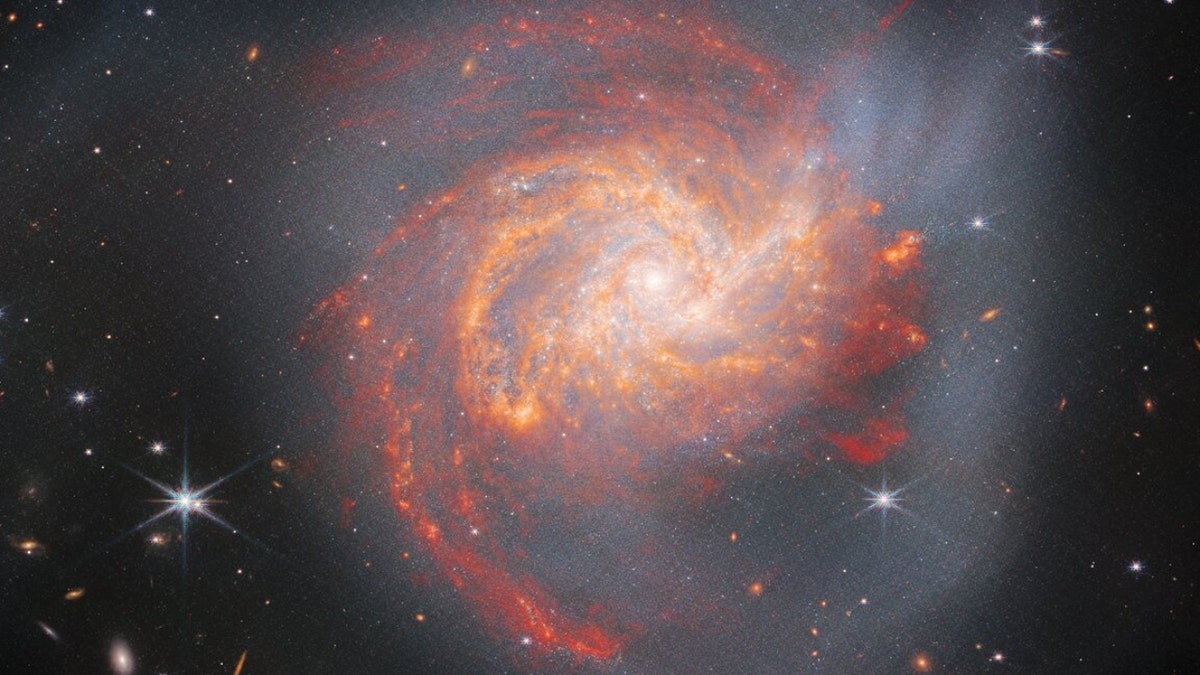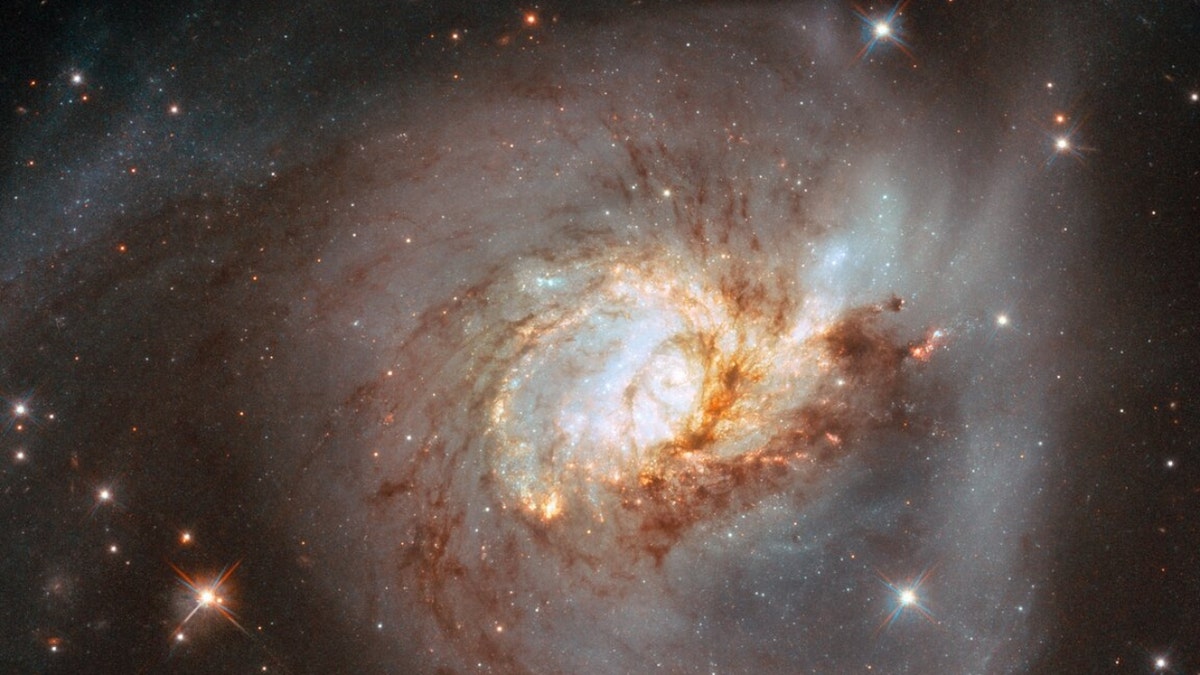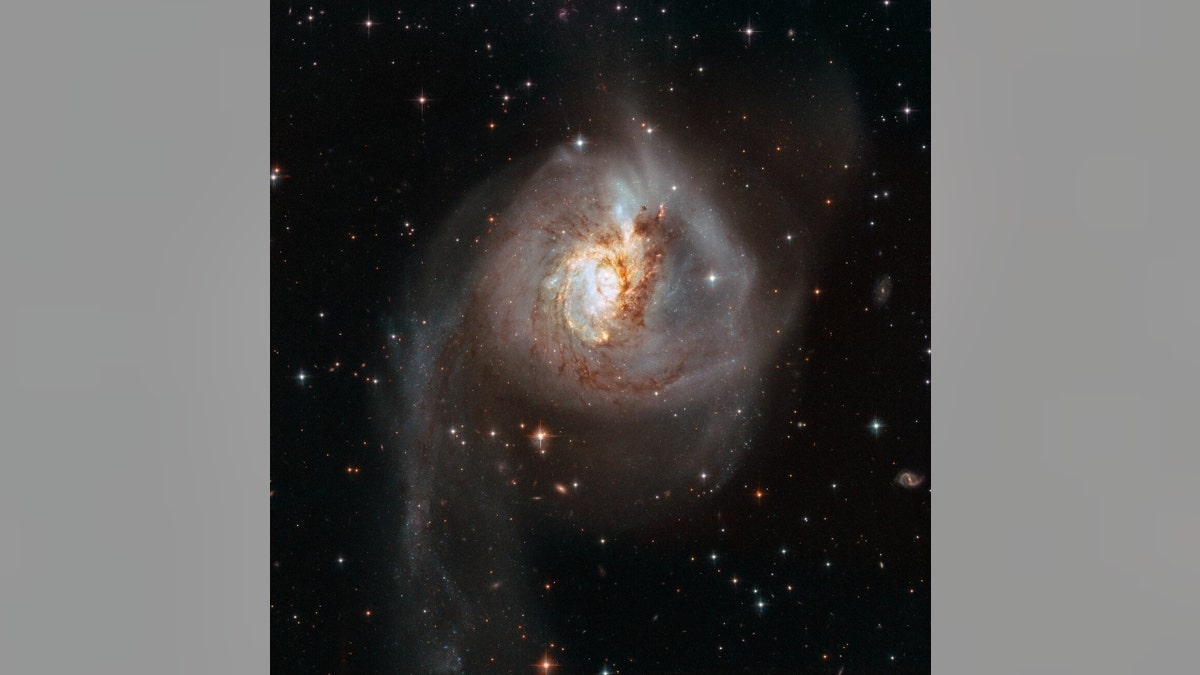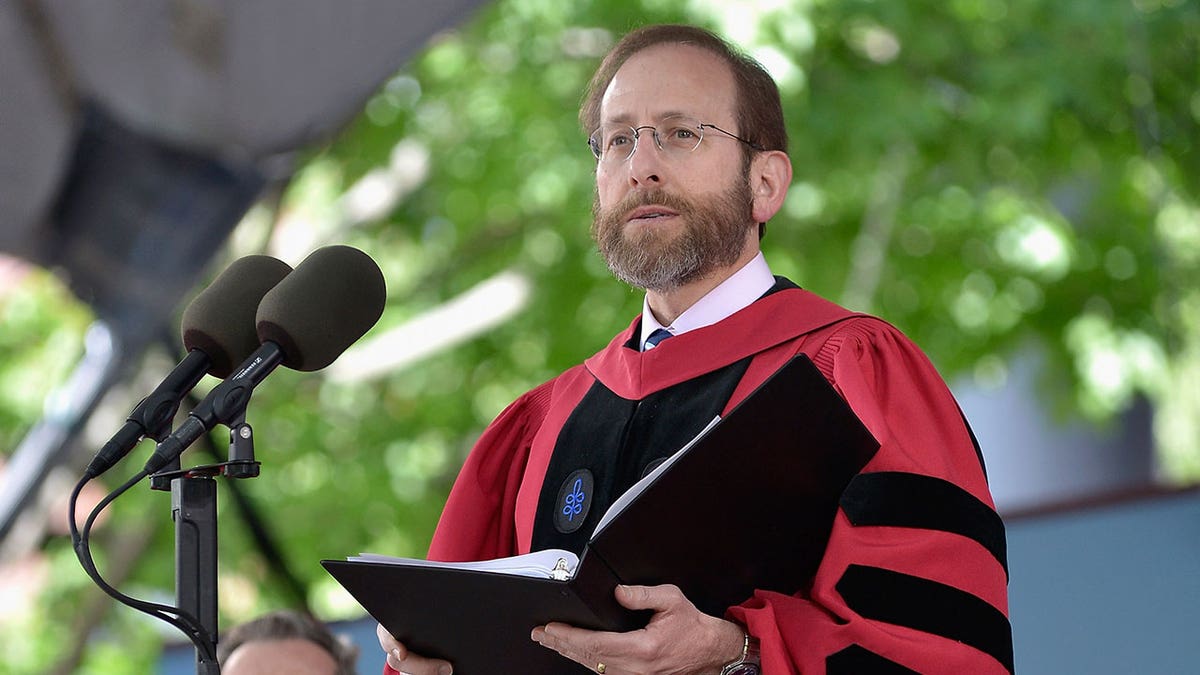The James Webb Space Telescope has provided a breathtaking image of a galactic collision, showcasing the stunning aftermath of two merging spiral galaxies. Located approximately 120 million light-years away in the Vela constellation, NGC 3256, a galaxy comparable in size to our Milky Way, offers a glimpse into the dynamic processes shaping the universe.

This mesmerizing image from the Webb telescope highlights the turbulent past of NGC 3256. The collision, estimated to have occurred 500 million years ago, triggered intense star formation, evident in the vibrant red and orange hues emanating from the galaxy. These colors represent the glow of newborn stars nestled within dust clouds, a direct consequence of the galactic merger.
The image also reveals extended tidal features – streams of stars pulled outwards during the collision – showcasing the immense gravitational forces at play. Interestingly, while the stars themselves largely pass through each other during such galactic encounters, the gas and dust interact dramatically, leading to the spectacular burst of star formation observed in NGC 3256.

Previous observations by the Hubble Space Telescope, while capturing the collision at visible wavelengths, lacked the infrared sensitivity of the Webb telescope. The Webb telescope's Near-Infrared Camera and Mid-Infrared Instrument provide a deeper view into the dust-obscured regions of NGC 3256, revealing the full extent of the star formation and the intricate details of the galactic merger.

Studying luminous infrared galaxies like NGC 3256 is crucial for understanding the evolution of galaxies. The Webb telescope's observations provide invaluable data, allowing astronomers to piece together the complex history of star formation in these dynamic environments and further refine our understanding of galactic evolution.








